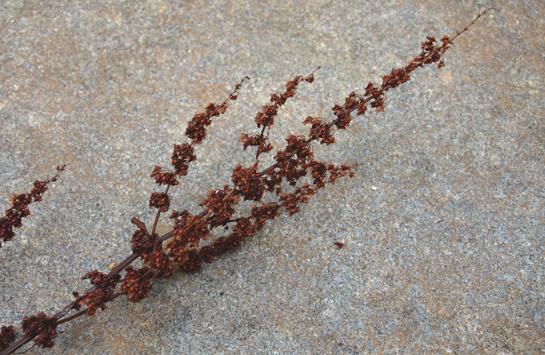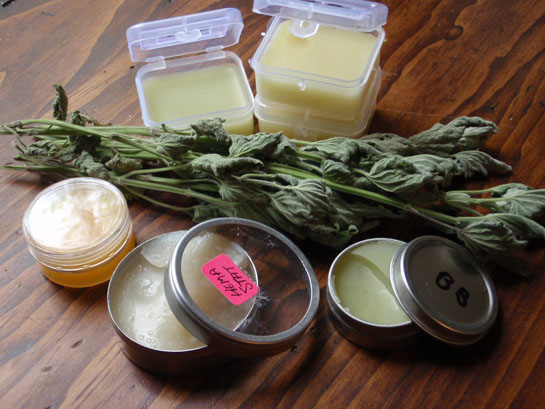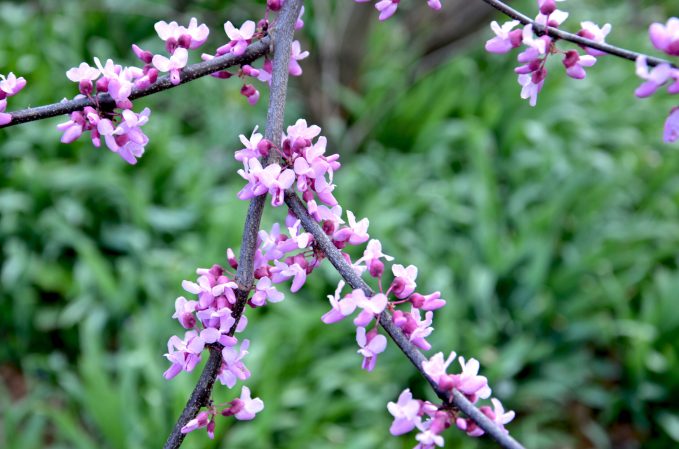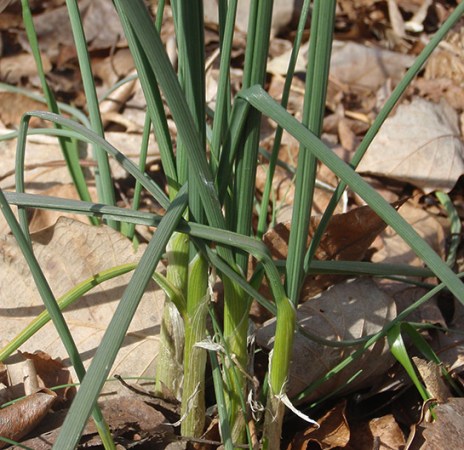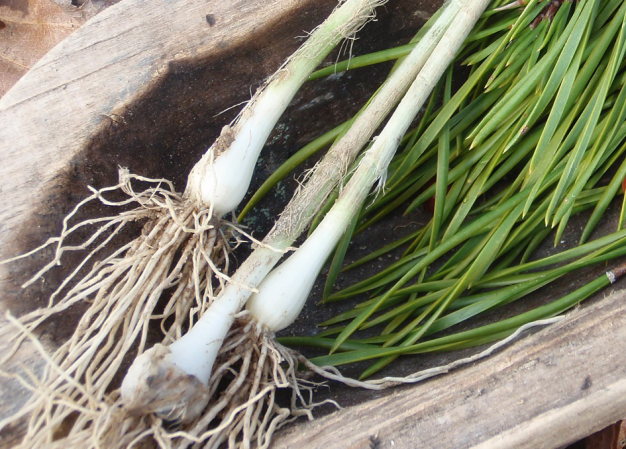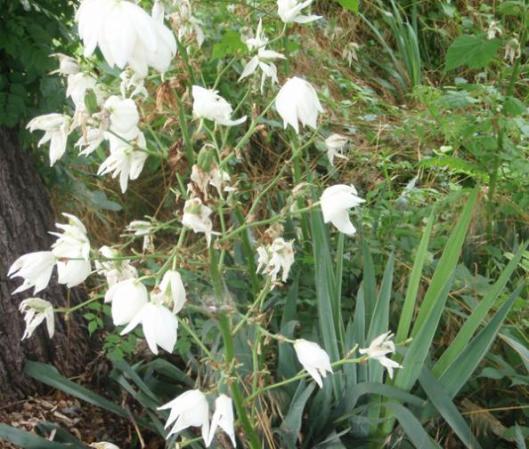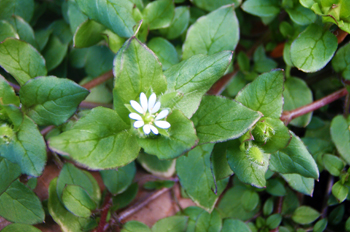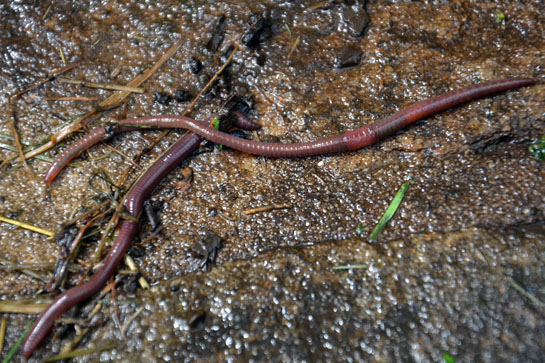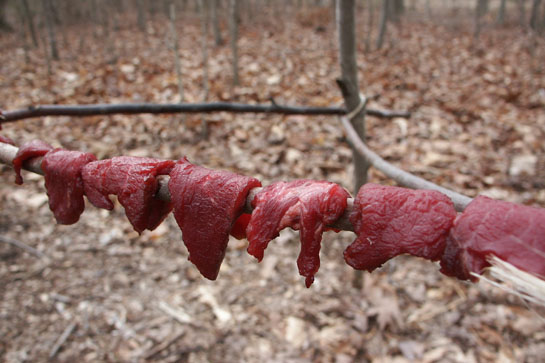A field of weeds may not seem very useful, but one that contains edible seeds offers a surprising wealth of forage. Wild grains served as staple foods for our ancestors both before and during the early days of agriculture, and these grain plants can still be found growing in the wild. Find the right plants, and you can grind the seeds into flour and boil them into cooked cereals. Look for these three wild grains as summer comes to a close.
Curly Dock
Rumex crispus
Season: Seeds in late summer and fall
Habitat: Fields, meadows, open ground
Details: Curly dock, or “yellow dock,” (pictured above) is a perennial herbaceous plant in the buckwheat family and it is native to Europe and Western Asia. Fully grown plants have a stalk about 3 feet high, and it’s reddish in color. It has large alternate branching simple leaves growing from a large basal rosette. The wavy, “curled” margins resemble burdock, though unlike burdock, these leaves are hairless. On the top of the stalk, greenish flowers form and give way to reddish-brown seeds in clusters on branching stems. These seeds can be winnowed and ground into flour or cooked as a cereal grain. The cleaned seeds are shiny, caramel brown and have three sides like other buckwheat family members. The tender leaves can be eaten raw, or cooked if you have the option. The large, yellow taproot has long been a source of medicinal tannic acid.
Lamb’s Quarters
Chenopodium album
Season Seeds late summer
Habitat Fields and waste ground
Details This herbaceous annual can range anywhere from small to heights of 6 feet. It also goes by the names goosefoot and pigweed (which is also synonymous with amaranth, though not related). The alternate, simple leaves can be picked and eaten as a salad or cooked as a spinach substitute. Like spinach, the leaves cook down tremendously and you’ll need at least a grocery bag full of the leaves to make one good-sized serving. The small, shiny black seeds form in seed heads at the top of the plant, and are easily shaken free from the plant when ripe. Each large plant can produce tens of thousands of seeds in late summer. For best results, just place a wide bowl under the seed heads and tap them with a stick. These seeds contain protein, vitamin A, riboflavin, calcium, phosphorus, manganese and potassium.
Amaranth
Amaranthus spp.
Season Seeds in fall
Habitat Fields, open sunny areas
Details The Amaranthus genus is a group of annual or short-lived perennial plants. Amaranth is a common weed around farms and cultivated soils, often growing right in with vegetables and crops. Catkin-like bunches of dense flowers grow in summer or autumn, later releasing small rounded seeds that may be tan or black in color. About 60 species are recognized, with flowers and simple alternate leaves ranging in color from purples and reds to green or gold. Much like lamb’s quarters, the seeds can be used as a grain and the leaves are edible raw or cooked (though tastier when cooked). About 3.5 ounces (100 grams) of amaranth seeds contains 370 calories, abundant B vitamins, and minerals like iron and manganese
What wild grains can you find locally? Let us know how you use them below.
